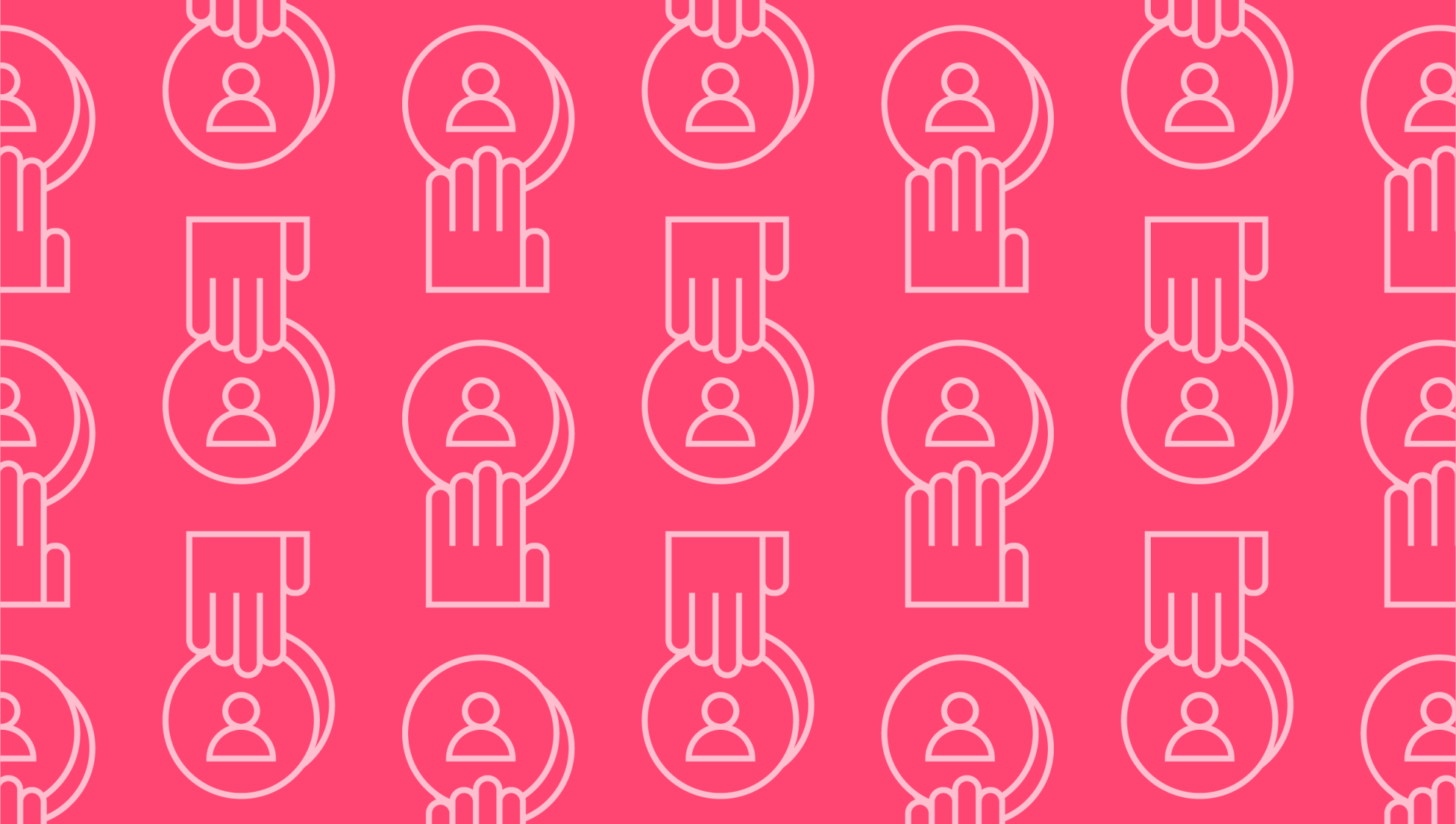Last editedMar 20232 min read
Using an online payment gateway enables convenient, secure payment collection from your customers. Yet when it comes to accounting, how does payment reconciliation work in this context? In this guide, we’ll cover the ins and outs of the payment gateway reconciliation process, so you can be sure you’re ticking all the right boxes.
What is payment reconciliation?
For accurate recordkeeping, it’s important to make sure that your business expenses and income match across all sources and accounts. Payment reconciliation describes the process of cross-checking your expenses and payments with bank statements. Essentially, it matches internal records with external accounts. If there are any discrepancies between your physical accounts, expenditures, and inflows, these must then be corrected.
How does payment reconciliation work?
Payment reconciliation in accounting involves two processes, both internal and external. Internally, payments and expenses are recorded in your accounting books. Most businesses today use accounting software to keep track of finances, as this avoids the need to save all paper invoices, bills, and receipts. Externally, transactions show up on the bank statement. Payment reconciliation involves matching this internal and external activity and taking any action needed to fix errors.
What is the payment gateway reconciliation process?
In the case of payment gateway reconciliation, you’re looking at payments collected from one or more online payment gateways. A payment gateway provides the infrastructure needed for your business to take bank or card payments from customers. Through a third-party gateway, money is transferred from your customer’s bank account to your merchant bank account.
Normally, this goes through the usual payment reconciliation process described above. Payments received are matched in your internal accounting and external account. Yet when you use more than one payment gateway, the process involves extra steps. This is because the finance team also needs to determine whether the recorded sale resulted in a final settlement. To do this, they’ll need to check each gateway’s transaction records carefully and match them to all associated merchant accounts.
Why is payment reconciliation important?
Although the payment gateway reconciliation process might seem tedious and time-consuming, it’s worth the effort. Accurate, up-to-date record keeping is vital for a business. Losing even a single receipt can lead to loads of trouble later if your accounts don’t match. This makes filing taxes and generating official financial statements more difficult. With consistent payment reconciliation, you catch errors early and ensure all transactions are recorded in the appropriate location. Payment reconciliation can also catch fraudulent activity in your bank accounts if they don’t match your internal records.
Why should you automate payment gateway reconciliation?
With multiple payment gateways come additional accounting challenges. You’ll need to standardise and clean all data before reconciling each gateway’s transaction records. This might involve applying complex formulas, spreading results across more than one Excel file or other spreadsheet, and sharing results with your colleagues.
As you might imagine, performing all these basic reconciliation tasks takes considerable time when done manually. It’s well worth automating your payment gateway reconciliation process to save time and money.
A good automated system will reconcile your payment gateway settlement reports with bank statements and internal sales data. It does this through automatic matching, loading data into the system on a regular basis to keep records up to date. Any discrepancies can then be forwarded onto the finance team for manual investigation and approval.
Today’s accounting software includes automated payment reconciliation as a standard feature. It’s well worth investing in digital platforms to streamline this process so that you can manage both payments and accounting tasks from a central dashboard. For example, GoCardless allows automatic reconciliation of invoice payments into major accounting software like Xero and others. This provides full visibility over incoming payments, matching them with your bank accounts and sales documents.
We can help
GoCardless is a global payments solution that helps you automate payment collection, cutting down on the amount of financial admin your team needs to deal with. Find out how GoCardless can help you with one-off or recurring payments.
